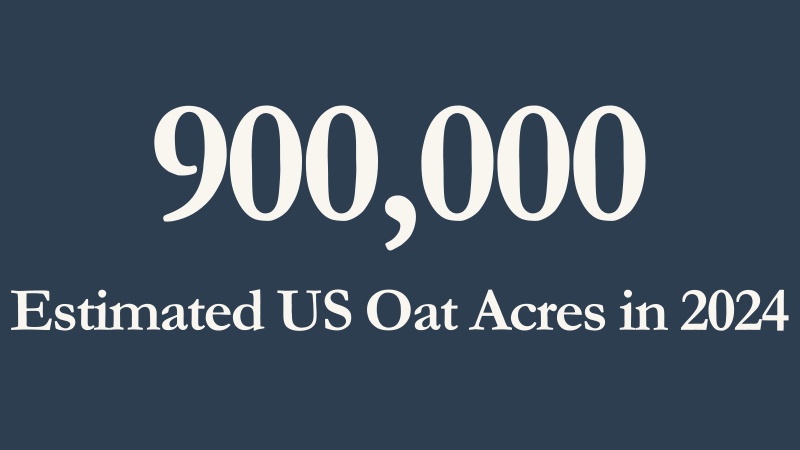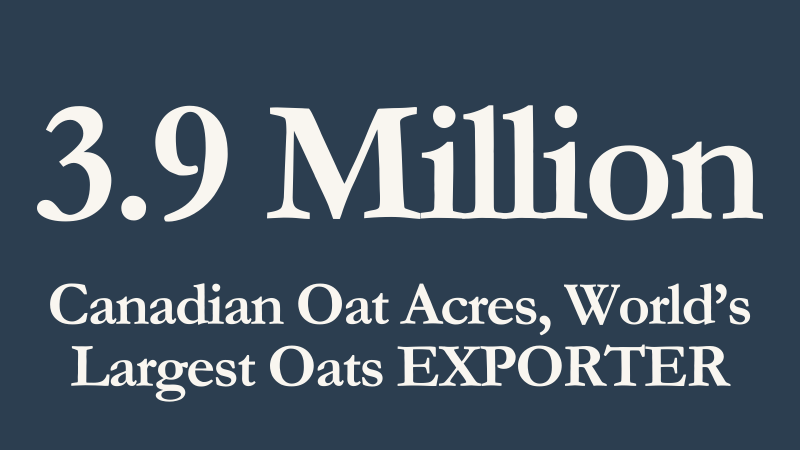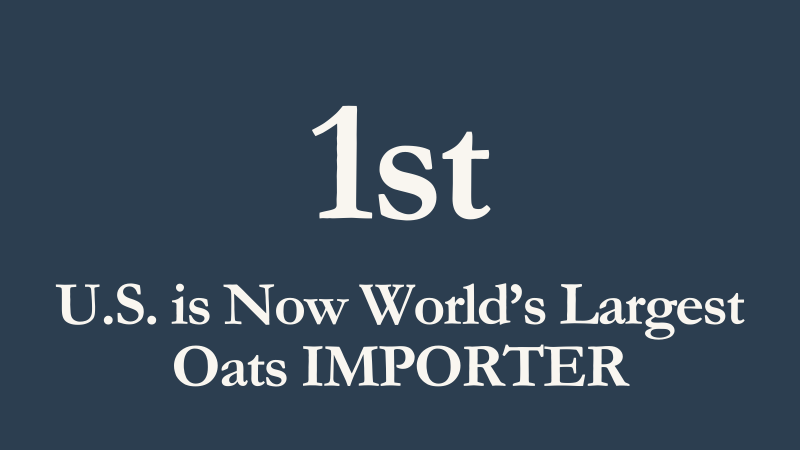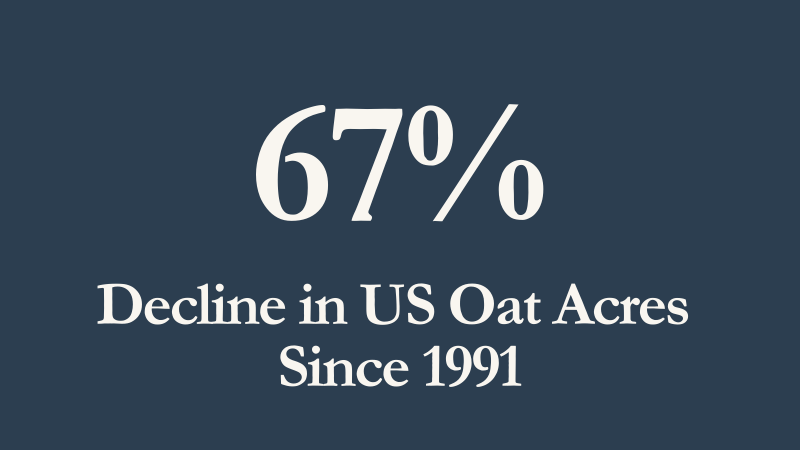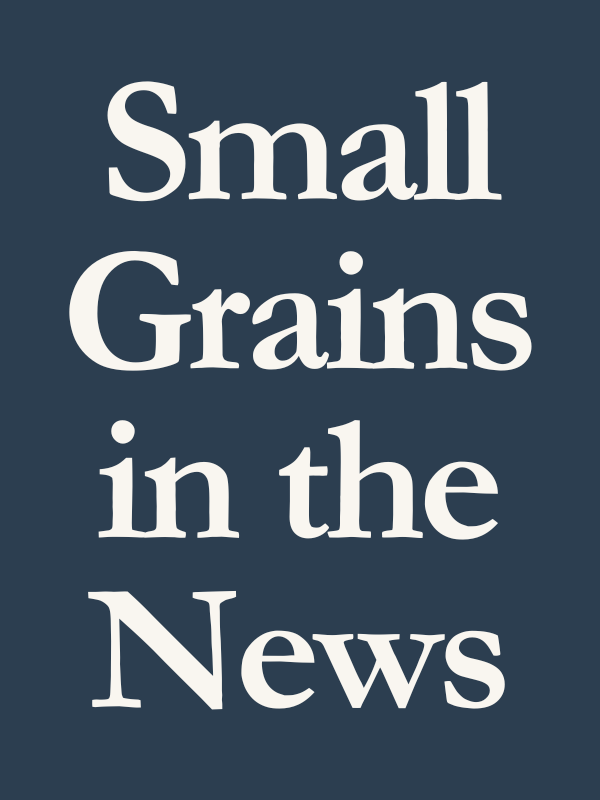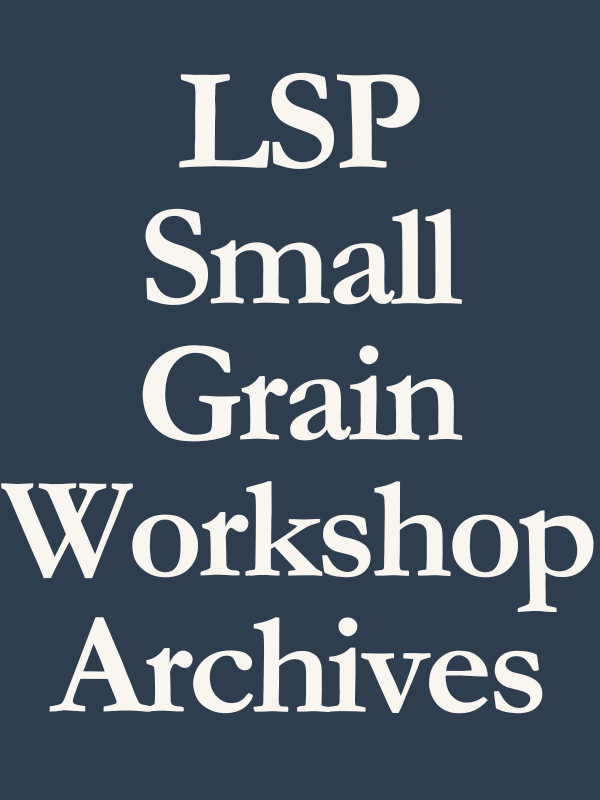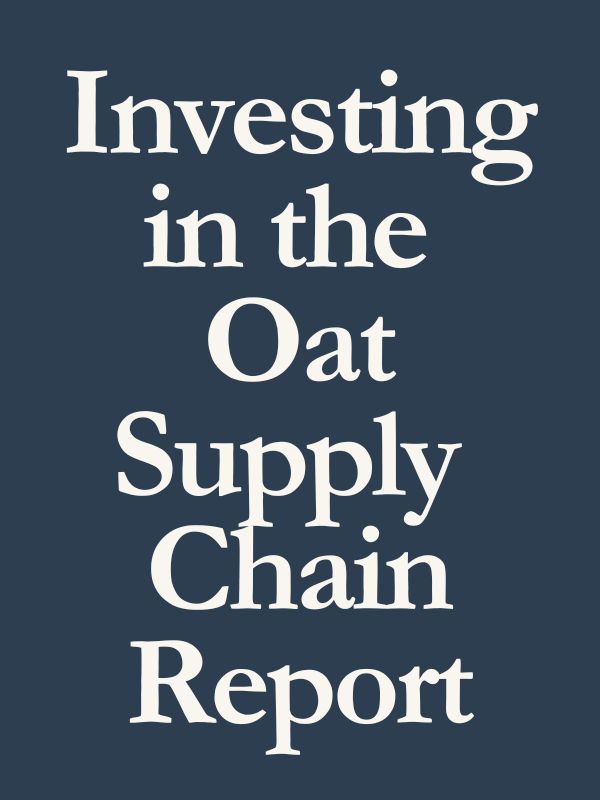
Investing in the expansion of small grains, particularly oats, will create a three-legged stool that produces economic, agronomic, and environmental benefits for our farmers and state.
The Current State of Production:
Over the past four decades, Midwestern oat production has dropped steeply as corn and soybeans, benefiting from a commodity-centered policy environment, dominate ag acreage. In 2022, U.S. farmers produced oats on less than 900,000 acres. Meanwhile, Canada, which is now the world’s largest exporter of oats, grew 3.9 million acres of the grain that same year. The U.S. is now the world’s largest importer of this grain.
The time to act on this opportunity is now: with growing demand from the food industry and a strategic opportunity to position Minnesota as a leader in sustainable agriculture, this investment will generate long-term economic growth while protecting our natural resources.
Rotating into Resiliency Cohort 2026
Are you a crop producer interested in integrating small grains into your rotation as a way to build resiliency in the face of increasingly extreme weather, volatile markets, and a sometimes-overwhelming workload?
LSP, in collaboration with U of M Extension, is offering a “Rotating into Resiliency” winter workshop series during the first three Thursdays of February — Feb. 5, 12, and 19, from noon to 2 p.m. This workshop will help participants navigate the agronomic, economic, managerial, and environmental challenges of diversifying their operations. The series will consist of three sessions that will be offered in a hybrid format — there will be an option to participate in-person at LSP’s offices in Montevideo and Lewiston, Minn., as well as online.
For more information on this free workshop, contact LSP’s Shea-Lynn Ramthun via e-mail.
